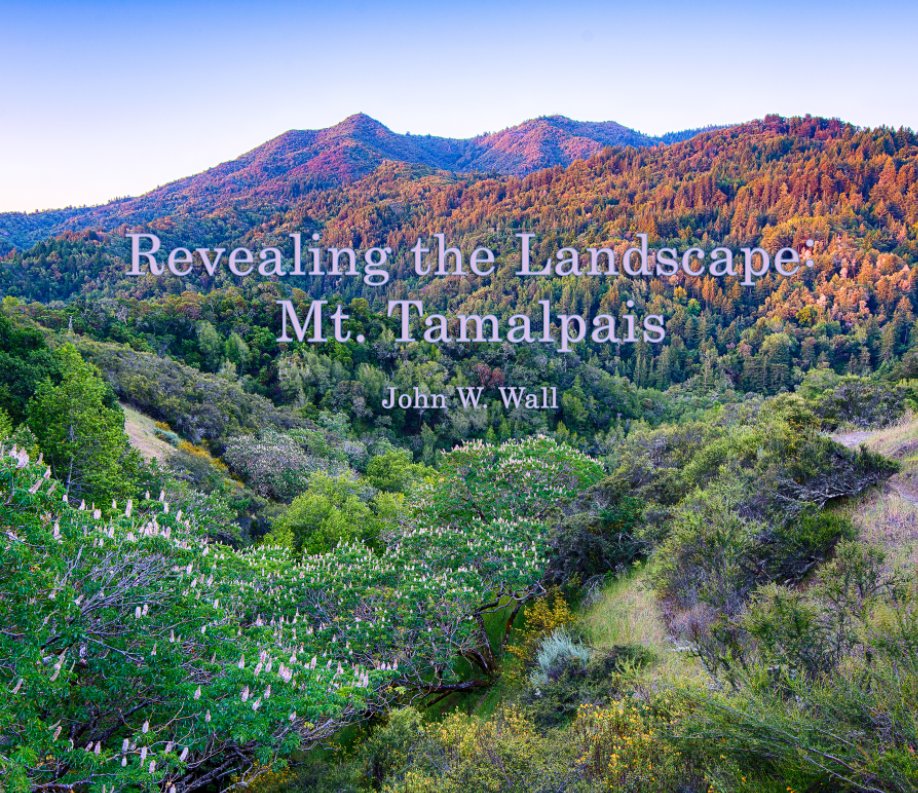Click on Image to View Larger
Lignin, baby. That's what separates the moss from the oaks.
What's more, not all lignin is created equally. The lignin in a blade of grass is more complex than that in the oak: the chemistry of lignin is evolving. I was taught in a botany class a million years ago that monocots like grasses are evolutionarily more advanced than dicots like oaks, but I believe such talk implying that plants such as grasses and orchids are "more evolved" has since gone by the wayside. More complex doesn't mean more advanced, nor does having evolved more recently imply superiority. Successful is as successful does.
I read an interesting interview with an astrobiologist who pointed out a slight problem with the theory of evolution: the advent of life itself remains shrouded in mystery:
“Why does life even occur?" he asks. "The dynamics of evolution should be able to address that question. Remarkably, we don’t have an idea even in principle of how to address that question — which, given that life started as something physical and not biological, is fundamentally a physics question.”
So the Laws of Physics + the Elements of the Periodic Table + Something Mysterious! = Human Beings. We've drawn a line between inanimate matter and animate life, but we have no idea how the line was crossed. An utterly mysterious force of nature has been at work for the last 13.8 billion years, converting quark-gluon plasma into Albert Einstein....
I read an interesting interview with an astrobiologist who pointed out a slight problem with the theory of evolution: the advent of life itself remains shrouded in mystery:
“Why does life even occur?" he asks. "The dynamics of evolution should be able to address that question. Remarkably, we don’t have an idea even in principle of how to address that question — which, given that life started as something physical and not biological, is fundamentally a physics question.”
So the Laws of Physics + the Elements of the Periodic Table + Something Mysterious! = Human Beings. We've drawn a line between inanimate matter and animate life, but we have no idea how the line was crossed. An utterly mysterious force of nature has been at work for the last 13.8 billion years, converting quark-gluon plasma into Albert Einstein....
...and moss, and oak trees, and evolving biochemistry, and sprouting leaves that build fantastically complex mechanisms for converting sunlight into food, and a system that has worked flawlessly for billions of years in which everything cycles and re-cycles from animate to inanimate and back again. It's part of the beauty of dead oak leaves, golden-brown, veins gone silent, fungi and microorganisms feeding their metamorphosis back into soil.
Two dead oak leaves in a forest. Hardly worth noticing. And yet, in their simplicity they have much to teach in a world where a whale with a hundred kilos of man-made plastic in its stomach washes up on a beach.
Two dead oak leaves in a forest. Hardly worth noticing. And yet, in their simplicity they have much to teach in a world where a whale with a hundred kilos of man-made plastic in its stomach washes up on a beach.
* * *








